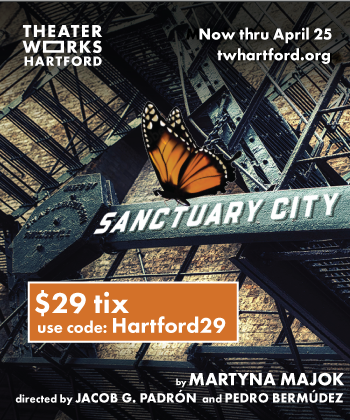By Randi Locke
The Blerd community consists of people who are fans of anime, video games, and sci-fi. Blerds have created spaces for other blerds to thrive on social media platforms such as Facebook and TikTok. The term’s origin can be traced to season six episode 2 of the hit sitcom Scrubs, in this episode, Turk (played by Donald Faison) proudly proclaimed that he was a Blerd. This term is more than an identifier it represents black nerds creating space in spaces that don’t acknowledge us. With African Americans representing 12% of the United States Anime audience and 77% of African Americans playing video games, one would think that the diversity would match. But only 3% of video games’ main characters are black and 5.6% of animated characters are black. However one could argue that since Anime is a Japanese art form the lack of diverse characters is plausible. However, 60% of Japan’s anime profits are from fans worldwide. Thanks to streaming services like Crunchy Roll, anime has become more accessible. Despite newer animes featuring diverse characters, more work still needs to be done to have worthwhile representation.
Even with more video games and shows attempting to include their underserved demographic, some of these efforts fall extremely short. It’s one thing to feature black characters but it’s another to not put any thought behind him. For instance, game players are starting to ask for hairstyles worn by African Americans. Though this appears to be a simple request, it will be hard to execute. Considering that only 4% of game developers are black, this issue goes beyond hairstyles. Since 77% of African Americans play video games that should be enough of a reason to hire diverse animators. The lack of diversity in the artist rooms also rings true for animators. Only 5.6% of animators are black. Since major video game and anime companies are not making room for black animators, blerds have found a way to showcase their talents while building community.
Despite major companies barely broaching diversity, black animators, cosplayers, and gamers have found ways to showcase their talents. For instance, the YouTube group RCDworld1 created Dream Con after finding success with skits like Anime House. Other creators like the Blerd website have not only created cons but their website features a page highlighting black-owned businesses that center around anime and video games. Thanks to tik tok black cosplayers from all over the world can build community while showcasing their skills. Blerd culture is even making its way into the literature. The Love Con by Seressia Glass centers on a plus-size black woman trying to win a cosplay contest. The black community continues to make a way when there is none.
I have been a blerd for as long as I can remember. My earliest memory was of me at eight years old in Block Buster and I grabbed a DVD for a car ride to San Jose. That car ride opened up a whole new world for me. What was the movie? It was Sailor Moon R. To most this may seem small. But for anime fans, we all remember the first anime we fell in love with. From there my pursuit of anime was relentless. This meant risking the health of my parents’ computer just to find free anime episodes and trying to learn how to draw manga. My love for anime has grown throughout the years, from Sailor Moon to animes like Carole and Tuesday, Doro Dohero, Beastars, and Shokugeki No Soma. In 2019 I attended my first Anime convention where I met a plethora of black anime fans. That experience introduced me to the Blerd (black nerd) community.
Though blerds are becoming more prevalent than my first anime encounter at nine years old, we still have a ways to go. While companies are attempting to make an effort, it still needs to catch up. Even black-owned companies managed to fall short. In 2021 a white cosplayer won the cosplay contest at Blerd Con. This left cosplayers who are already judged unfairly because of their race feeling alienated. Instead of addressing the issue head-on, the company submitted a formal apology without an explanation for how they would change I leave you with this question: how many more years will it take before we can see true representation?





